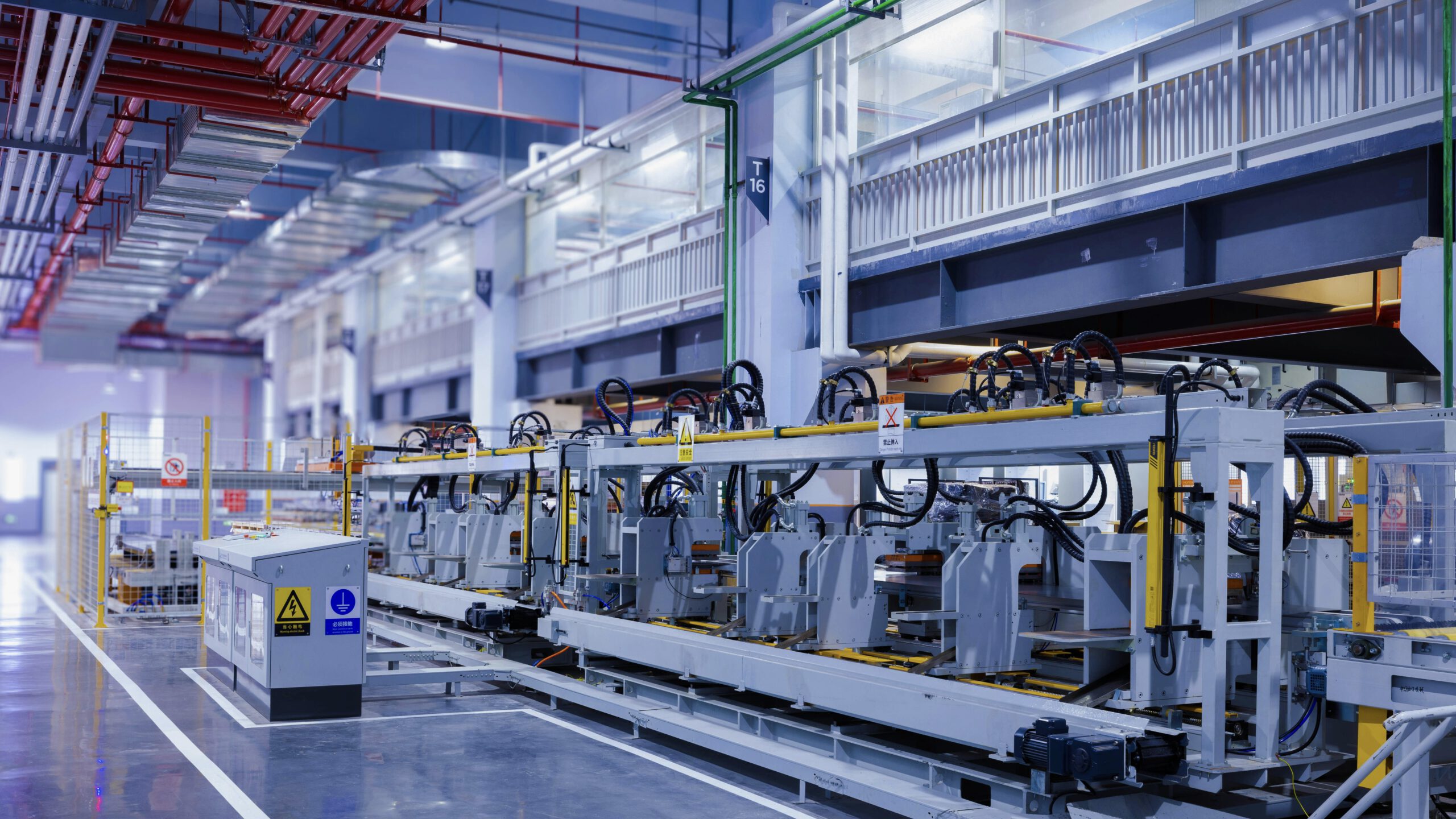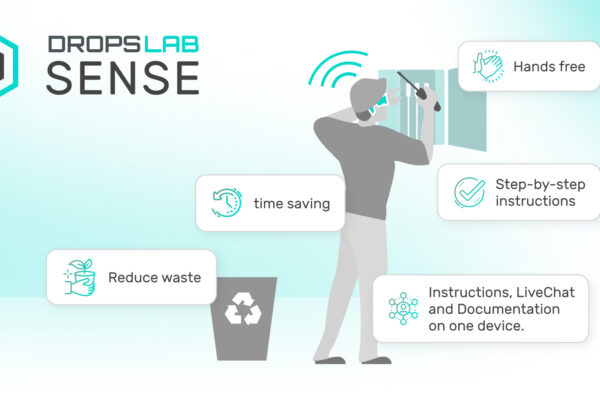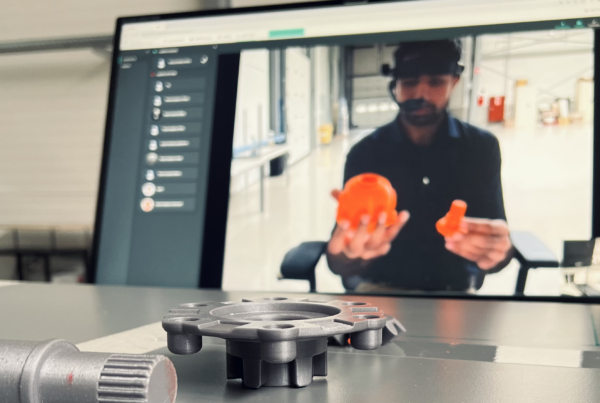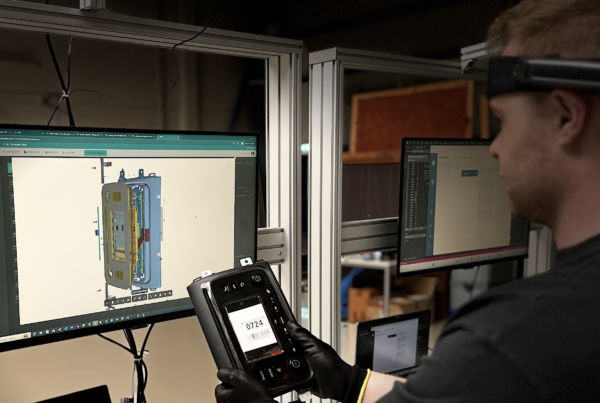Introduction
Manufacturing labelling, when practiced optimally can improve productivity, foster supply chain transparency, and ensure regulatory compliance. Even though quite small, these manufacturing labels play a crucial role when it comes to properly identifying materials, parts, and finished goods at every stage of the supply chain. From raw materials to consumer-ready products, labels give important information that allows tracking, quality assurance, and operational efficiency.
This guide explores the importance of manufacturing labelling, common challenges, and best practices to help businesses maximize the benefits of an effective labelling system.
What is Manufacturing Labelling?
Manufacturing labelling in simple words is the process of marking materials, parts, and finished products with important information that can help in identifying them later. Labels can be applied in various ways such as adhesive stickers, tags, or direct printing onto surfaced and might contain multiple details such as:
- Product specifications
- Serial or batch numbers
- Manufacturing dates
- Regulatory compliance information
- Tracking and inventory data
- QR codes and barcodes
These labels are found on individual components, shipping cartons, pallets, and containers throughout the manufacturing and distribution process. A good labelling system makes sure everyone involved, from warehouse workers to the people who buy the product, knows exactly what they’re dealing with and how to handle it properly.
Why is Manufacturing Labelling Important?
1. Enhanced Supply Chain Visibility
An efficient supply chain relies on precise identification and tracking of materials and products. By properly labelling the items, they can be moved smoothly from start to end, making sure everything is accounted for and traceable.
2. Improved Inventory Management
Labels are super helpful for manufacturers to monitor their inventory, ensuring they don’t make too much or run out of stock. When materials are clearly labelled, it makes organizing and finding things in the warehouse quite easy, which speeds up the whole manufacturing process and reduces any bottlenecks or downtimes.
3. Product Traceability and Recall Readiness
In sectors such as food, pharmaceuticals, and electronics, knowing exactly how a product was made is incredibly important. If something goes wrong and a product is faulty, having clear records of its production path lets companies quickly pinpoint the problematic items and issue a recall. This helps protect the public and also keeps costs down.
4. Compliance with Regulations and Standards
Numerous sectors have stringent regulations in place regarding product labelling. For example:
- Pharmaceuticals have to follow serialization rules, meaning each of their products needs its special tracking number so if there is an issue, it can be tracked.
- Food and beverage products should have labels that show what’s in them, how good they are for you, and when they expire.
- Electronic gadgets must have specific certification labels and any necessary warnings about potential dangers.
If a company doesn’t label its products correctly, it can lead to huge fines, the products being pulled out from the market or shelves, and damage to its reputation.
5. Operational Efficiency and Productivity
A really good labelling system makes production and logistics run smoother because it cuts down on the need for people to enter data by hand. It also makes sure that workers can easily spot and handle items. Using automated labelling is even better because it gets rid of mistakes that happen when people are involved.
Manufacturing Labelling-Challenges
Labels bring a lot of advantages, but companies have to be careful about possible problems too. Here are some of the main issues:
1. Mislabelling and Its Consequences
Putting the wrong label on a product can cause big problems. It might result in products being sent to the wrong place, the production line having to stop, or breaking the rules. To avoid this, labels should be put on products as close to where they’ll be used as possible, and double-checked before the final steps.
2. Labelling Bottlenecks Slowing Production
If labels are applied slowly or if the process is hit-or-miss, it can hold up the whole manufacturing line. That’s why putting money into fast, reliable label printers is key to making sure labels get put on products quickly and efficiently.
3. Data Entry Errors
When label information is typed in by hand, mistakes like typos or wrong information can easily sneak in. By connecting your label system with your inventory and order management software, you’re much less likely to run into those human errors, and everything stays accurate and consistent.
4. Environmental Challenges
For manufacturers working in rough conditions, like extremely hot or cold temperatures or places with lots of moisture, labels need to be tough enough to handle without fading or coming off. Picking the right, sturdy label materials is crucial to making sure labels stay readable over time.

Manufacturing Labelling-Best Practices
To make the most of manufacturing labelling, industries should consider these smart moves:
1. Automate Labelling Where Possible
Automated label printing and application cuts down on mistakes and increase productivity. Advanced label printers that handle barcodes and RFID make sure everything’s accurate and simple to monitor.
2. Integrate Labeling with Other Business Systems
Linking labelling systems with sales orders, inventory, and supply chain tracking gives you one reliable set of data everyone can trust. This connection gets rid of mistakes and helps different teams work together more smoothly.
3. Ensure Labelling Consistency Across Facilities
Using the same label formats across all manufacturing sites keeps things consistent and makes sure you’re following the rules. This is super important for global companies where the rules can change from place to place.
4. Use High-Quality Label Materials
Picking labels that can stand up to the manufacturing process like labels that resist heat, water, or chemicals stops them from wearing out and makes sure they’re readable the whole time the product is around.
5. Regularly Review and Update Labeling Procedures
As rules and customer demands change, industries that make things need to look at and update how they put labels on their products. This makes the industries follow the law and perform well in comparison to other businesses.
Conclusion
Manufacturing labels are not just simply a production step that each industry has to follow but it is a way to ensure compliance and optimize the production line. By using advanced strategies such as data integration, automation, and strict quality control, manufacturers can change the labelling process and make it beneficial for them, especially in today’s competitive industrial environment. Therefore, industries need to adopt advanced labelling techniques so they can satisfy customers, avoid bottlenecks, reduce costs and protect their reputation.
FAQs
1. Why is precise labelling so important in manufacturing?
Getting labels right is important and it is how we know what products are what. It also helps in making sure that they are tracked and handled correctly throughout the supply chain along with allowing industries to follow standards and complete their shipments.
2. Which industries have to follow strict labelling compliance?
Industries like pharmaceuticals, food and beverage, medical devices, electronics, and automotive manufacturing have to follow strict labelling requirements. These regulations exist to ensure product safety, make it possible to trace products, and ultimately safeguard consumers.
3. How can automation make labelling more accurate?
When automation is connected to inventory and order management systems, it helps in reducing errors which speeds up the labelling process and keeps all the data consistent and accurate.



